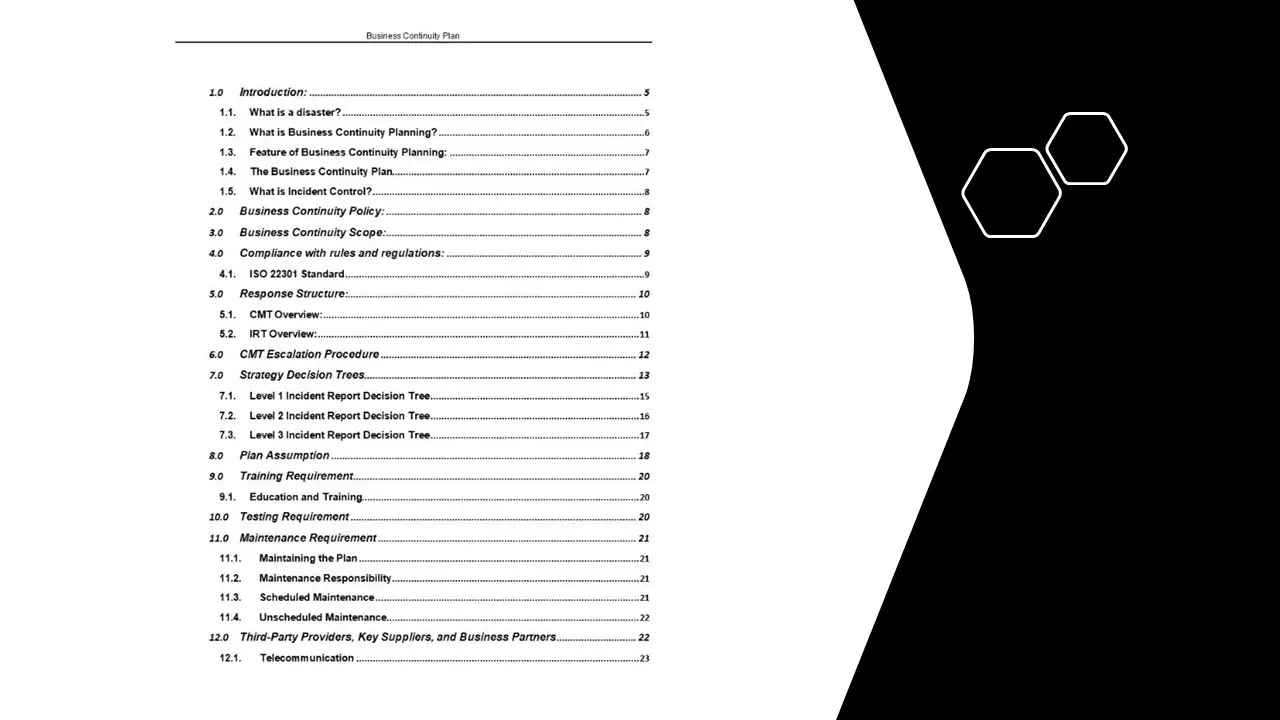Software Policy
In the intricate world of information security, where the stakes are high and the threats are ever-evolving, the Software Policy emerges as a beacon of order and safety. This meticulously crafted policy is not just a document; it is a comprehensive framework designed to manage the approval, installation, and use of software within PCI-DSS environments. As organizations navigate the complex landscape of Payment Card Industry Data Security Standards (PCI-DSS), the Software Policy stands as a critical ally, ensuring compliance and safeguarding sensitive data.
At its core, the Software Policy is a guardian of integrity and security. It meticulously outlines the procedures and protocols necessary to maintain a secure software environment, addressing every facet of software management. From the initial stages of software approval to the final steps of installation and ongoing use, this policy provides a structured approach that minimizes risks and maximizes efficiency. It is a testament to the importance of foresight and planning in the realm of information security.
One of the key features of the Software Policy is its comprehensive approval process. In a world where new software solutions are constantly emerging, it is crucial to have a robust system in place to evaluate and approve these tools before they are integrated into the PCI-DSS environment. The policy establishes clear criteria and guidelines for software evaluation, ensuring that only those solutions that meet the highest standards of security and functionality are approved for use. This rigorous process not only protects sensitive data but also enhances the overall efficiency of the organization by ensuring that only the most effective tools are utilized.
Once software is approved, the Software Policy provides detailed instructions for its installation. This includes guidelines for configuring software settings to align with PCI-DSS requirements, as well as protocols for testing and validation. By standardizing the installation process, the policy reduces the risk of errors and vulnerabilities, creating a more secure and reliable software environment.
The ongoing use of software is another critical aspect addressed by the Software Policy. It establishes protocols for monitoring and maintaining software, ensuring that it continues to operate securely and efficiently. Regular updates and patches are mandated, and the policy provides guidelines for their implementation, minimizing the risk of security breaches and ensuring compliance with PCI-DSS standards.
The benefits of the Software Policy extend beyond security and compliance. By providing a clear and structured approach to software management, the policy enhances operational efficiency and reduces the burden on IT teams. It streamlines processes, eliminates redundancies, and ensures that resources are used effectively. This not only saves time and money but also allows organizations to focus on their core business objectives, confident in the knowledge that their software environment is secure and compliant.
In terms of its value proposition, the Software Policy is an indispensable tool for any organization operating within a PCI-DSS environment. It provides peace of mind, knowing that sensitive data is protected and that compliance requirements are met. It enhances operational efficiency, allowing organizations to focus on their strategic goals. And it fosters a culture of security and responsibility, empowering employees to make informed decisions about software use.
In conclusion, the Software Policy is more than just a set of guidelines; it is a strategic asset that empowers organizations to navigate the complexities of information security with confidence and ease. By providing a comprehensive framework for managing software in PCI-DSS environments, it ensures compliance, enhances efficiency, and protects sensitive data, making it an essential component of any robust information security strategy.
All GovernanaceDocs documents are developed based on well-known standards such as NIST CSF, ISO 27001, ISO 22301, PCI-DSS and HIPAA.
Hence, You just need to download and selected document and add your company name and logo.










Reviews
There are no reviews yet